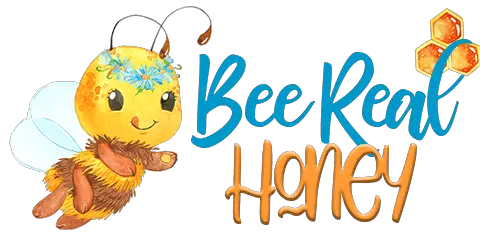*This post may have affiliate links, which means I may receive commissions if you choose to purchase through links I provide (at no extra cost to you). As an Amazon Associate I earn from qualifying purchases. Please read my disclaimer for additional details..
Birds are known to be omnivores (they feed on both plants and animals). However, not all of them can feed on bees. Why? This could be because birds prefer feeding on animals that move slowly rather than the quick-moving ones. Additionally, it is quite hard for most birds to trap a bee.
Bees are highly nutritious and a source of proteins.
Birds that feed on bees are known as bee-eaters. The most common bee-eater is called a Summer Tanager. They are a great threat to most beekeepers.
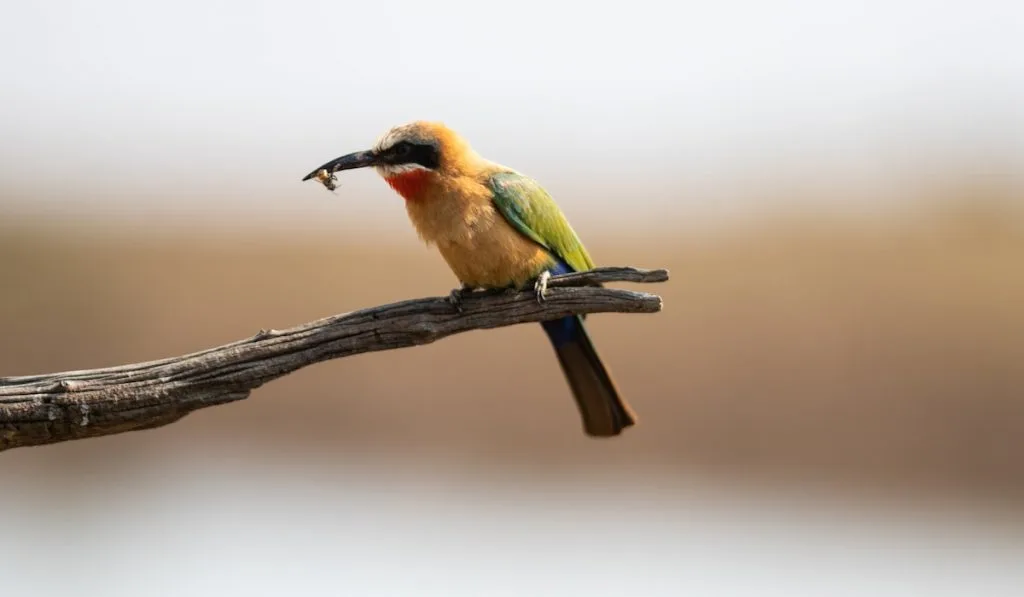
Table of Contents
Bee Eating is a Skill
Most birds lack the necessary skills needed to trap bees. Bees are small in size and cannot be found in one place at all times. This makes it difficult for birds to catch.
Birds can either swoop bees from branches or glide to catch them from the air. They use their curved beaks to crash the bees’ heads on the nearby surfaces. They then rub off stingers before consuming the bees.
Only the dead and/or stationary bees are eaten by bees. Bees fly very fast and in masses which poses great risks to birds. They can easily be stung. It is also difficult for them to trap bees in motion.
What Types of Birds Feed on Bees?
Bees are a source of proteins. Birds that feed on bees do so occasionally. Bees are not their main diet. They feed on bees that are dead or found lying on the ground. Most of them are unable to catch bees that are in motion hence they cannot be their staple diet.
Birds that feed on bees are called bee-eaters and include;
European bee-eater
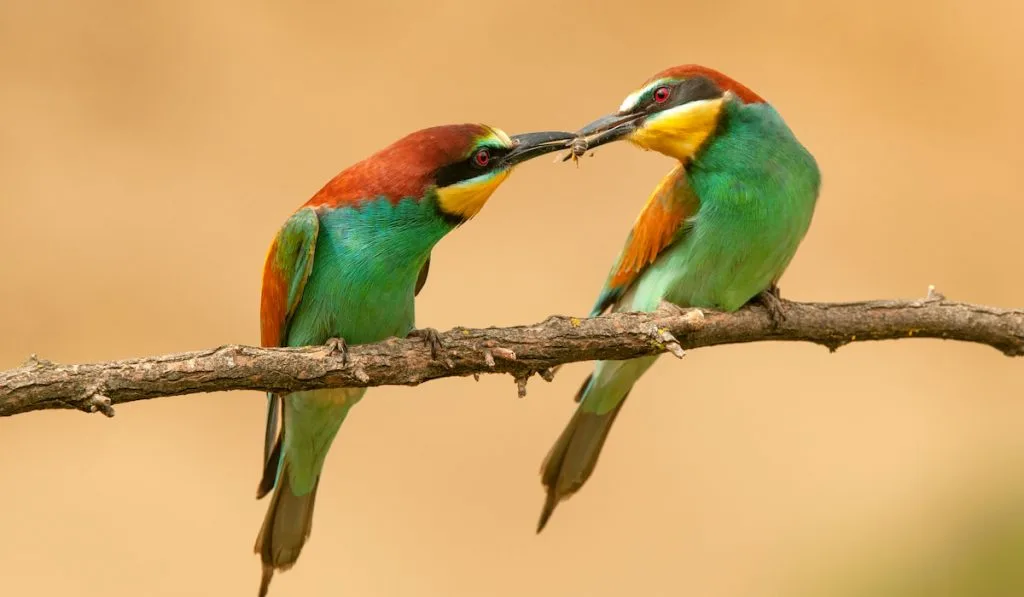
They prefer a mixture of honeybees and bumblebees. They are known to scare away worker bees from thee hives.
Greater honeyguide
The bird is said to guide humans to honeybees by use of sounds like peeps. They feed on anything they find in the bee hive including bee’s eggs, pupae and larvae.
Mockingbirds
They feed on bees mostly in summer. They feed on dead or injured bees found on the ground.
The honey buzzard
They honey buzzard uses its claws to open up bee hives and consume the larvae of the bees. They also have unique facial feathers that protect them from any bee stings.
Scarlet tanagers and Summer tanagers
They are striking birds that will consume bees hovering in the air.
Other Birds that Eat Bees
Other birds that feed on bees include swifts, kingbirds, purple martins, woodpeckers, thrushes, blackbirds, starlings and magpie.
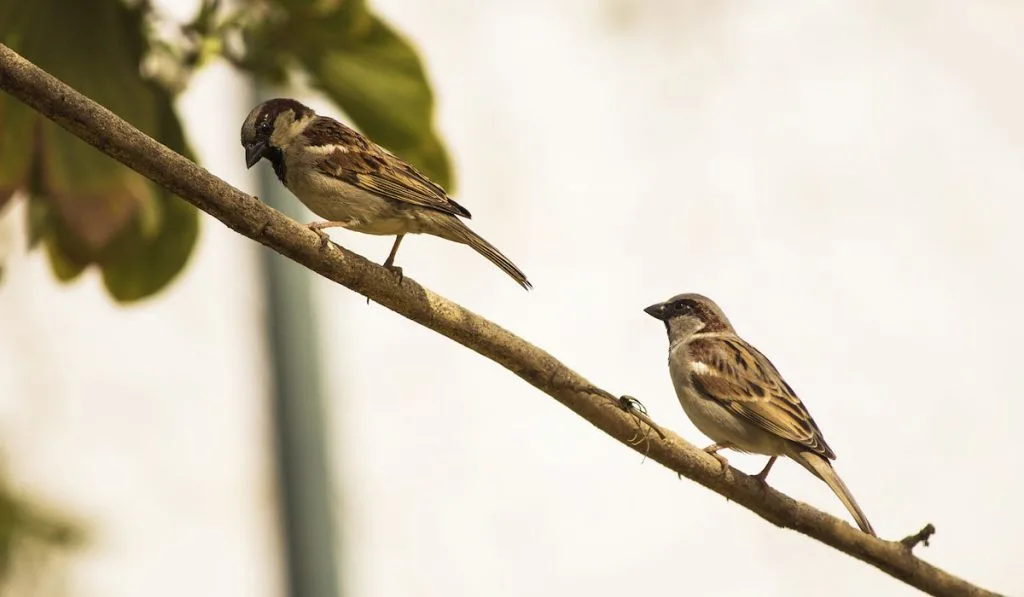
Do Birds Get Stung by Bees?
Just like any other animals, bees are capable of protecting themselves when they feel threatened. They are able to sting as a means of self-protection.
Honeybees rarely sting when they are far away from their hives except when provoked or handled roughly. They are alerted by the release of attacking pheromones. They have stingers that are always lodged in the bird’s skin. This results into death in minutes.
The bees inject apitoxin into the birds and then release pheromones. When the pheromones are released near a bee hive, the bees in the surrounding will exhibit defensive mechanisms until the birds flee away or are killed.
Can a Bird Die of a Bee Sting?
Yes! Bee stings are very fatal. They lodge stingers into the bird’s body thus causes death. This is the reason why most birds fear attacking fleeing bees.
They will prefer to feed on dead or injured bees on the ground rather than the live ones, which are difficult to trap.
However, not all bees can sting. The male bees do not have stingers. Only the worker bees and the queen bees have stingers and are capable of stinging.
Other Animals That Eat Bees
Animals that feed on other animals are referred to as predators. Major bee predators include bears, skunks and the small hive beetle.
Bears
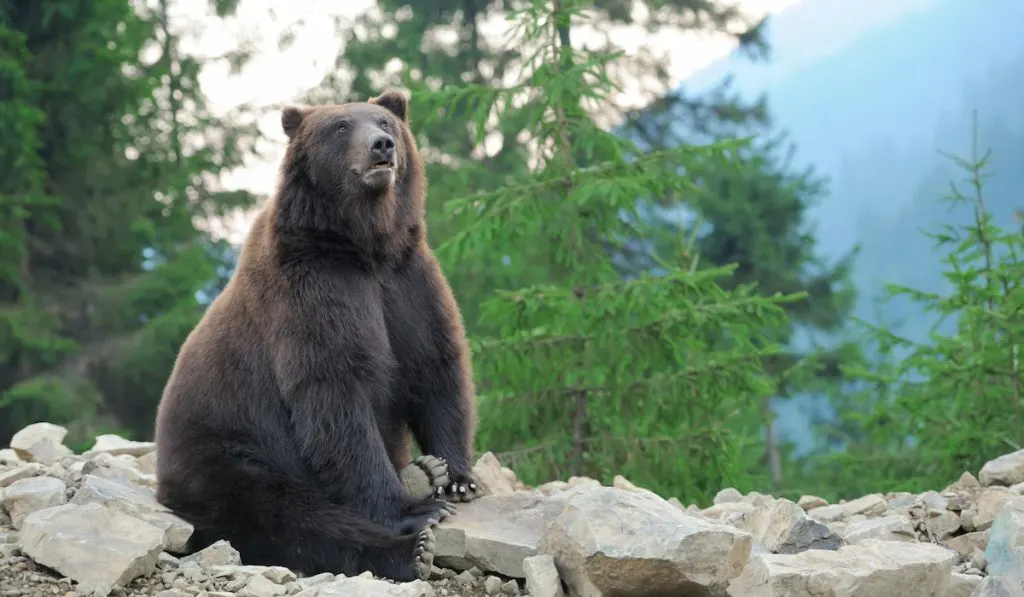
Bears are the major predators. They are capable of destroying the bee hives so as to get honey and feed on the bees.
Skunks
They are bee lovers that will feed on bees repeatedly. They will return repeatedly until they are prevented.
Small hive beetles
These insects lay eggs on the honey combs. Their larvae feed on the honey combs, pollen grains and larval bees.
The beetles lay their eggs on the combs of the honey bees to enable their larvae to eat the comb, pollen grains and honey bees at the larval stage. Adult beetles can also consume eggs that are laid by the bees.
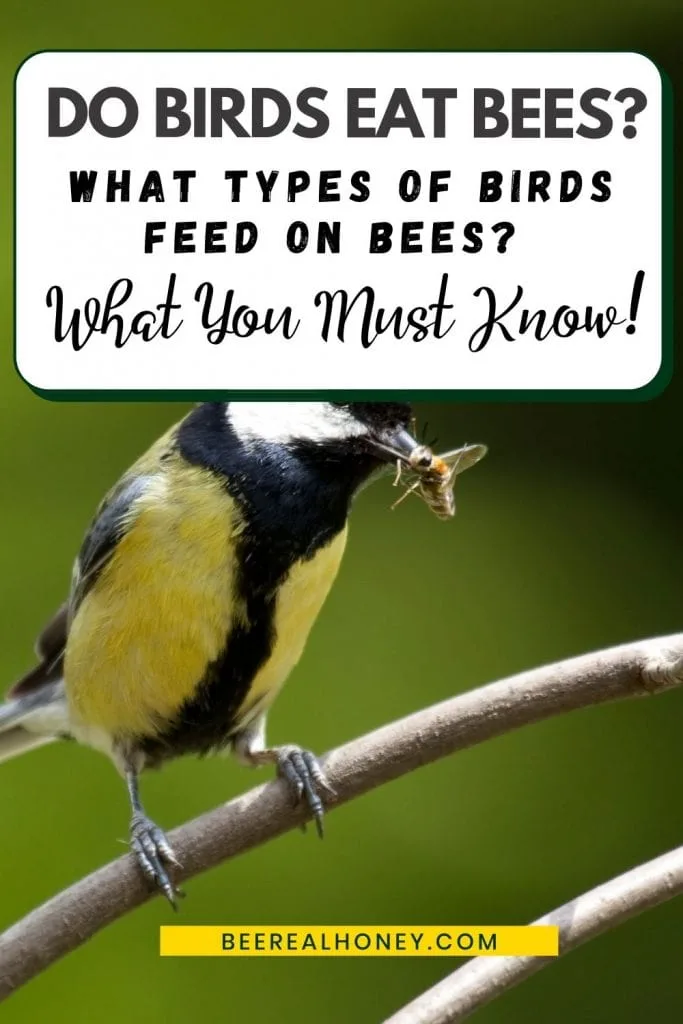
Amphibians
Some amphibians like salamanders also prey on bees and their larvae as a source of food, though not the main diet.
Badgers
Mammals such as badgers are a major predator of bees and also destroy their colonies which contain the larvae.
Insects
There are also insects that feed on bees.
- Robber flies inject the bees with neurotoxin that has paralysis effect.
- Spiders will eat any bee that is trapped in their web.
- Praying mantis will strike down any unfortunate bee that crosses their path.
Conclusion
Bees are highly nutritious to birds. They are rich in proteins.
Birds that feed on bees are called bee-eaters. However, most birds avoid bees because they need skills to attack them.
Bees usually sting as a defensive mechanism to keep off predators. When provoked or badly handled, they will release attacking pheromones to keep away the predator.
Bee stings can be very fatal and can kill birds in minutes. They have stingers that lodge in the enemies’ bodies and causes death in minutes.
